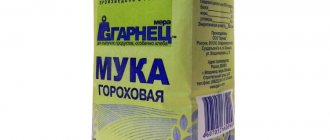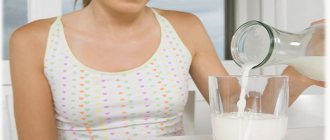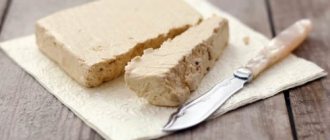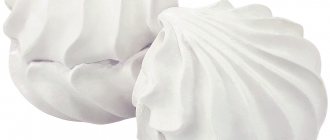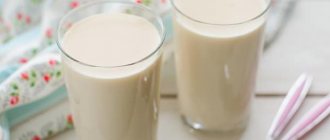Nutella is a wildly popular dessert.
So popular that according to the Nutella website, jars of Nutella could cover the circumference of the Earth 1.8 times. And this is just the number of jars that are produced in just one year.
From Nutella-inspired smoothies to Nutella-flavored ice cream, these chocolate-nut confections have appeared on restaurant menus around the world and are a homemade treat for many.
And, without a doubt, we can say that Nutella is incredibly tasty, but is it as healthy as the pasta manufacturer claims?
Many people believe that Nutella is a healthy product because it contains hazelnuts, and some even use Nutella spread as a substitute for nut butter.
In this article, we'll look at the nutritional value and ingredients of nutella to see if it's part of a healthy diet.
What is Nutella
Sweetened chocolate spread is produced in Italy. Ferrero is the largest chocolate manufacturer in the world.
Important! The product was created by Pietro Ferrero during the Second World War. The baker added ground hazelnuts to chocolate for the first time.
We recommend reading: Hazelnuts: beneficial properties and contraindications
Nutella can be considered as a dessert or spread. The manufacturer positions it as a healthy breakfast option. However, you should take into account the significant amount of sugar that the product contains.
It is noteworthy that 25% of all nuts are used to make paste. International Dessert Day is celebrated annually on February 5th. These facts indicate the popularity of the delicacy.
Half a billion jars of Nutella are made every day in Italy.
Storage
No matter how much you would like to put an open jar of Nutella in the refrigerator, you should not do this because:
- The large amount of sugar in the product acts as a preservative, preventing the growth of microorganisms.
- The fats from the nuts become very viscous when cooled and the paste loses its creamy consistency.
Thus, opened Nutella can be stored at room temperature in a cupboard until the expiration date.
What's in Nutella?
The taste of the paste depends on the components included and their proportions.
Dessert contains:
We recommend reading: Beetroot: beneficial properties and contraindications
- Sugar. The source can be either beets or cane. Sugar is present in significant concentrations (57%), which reduces the beneficial properties of the product.
- Palm oil. It is this ingredient that provides creamy texture and ease of distribution.
- Hazelnut. Each jar contains approximately 50 nuts.
- Cocoa. The powder gives the paste a chocolate taste.
- Powdered milk (skimmed). Adding the product in this form extends the shelf life.
- Soy lecithin. An emulsifier helps bind ingredients together and maintain a uniform texture. The fatty substance is obtained from a dietary supplement and soybeans.
We recommend reading: What are the benefits of cocoa, its properties, how to prepare it
Nutella also contains a synthetic version of vanillin.
Compound
The composition of Nutella varies from country to country. More precisely, it is not the components that change slightly, but their content. Modern pasta has come a long way from its predecessor gianduja, which included only sugar, chocolate and nuts. What is now involved in the famous delicacy?
Sugar
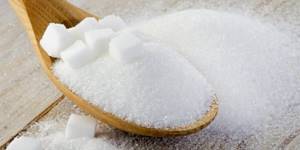
Nutella contains sugar from beets and sugar cane. Ferrero has strict requirements for the raw materials it purchases. Sugar must be pure and have a certain crystal size. The company has been cooperating with some suppliers for more than 40 years, new ones undergo strict selection. The sugar content of chocolate spread is approximately 56%.
Palm oil
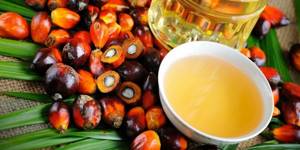
Palm oil is obtained from the fruit of the Elaeis Guineensis palm tree, which grows in equatorial areas. It is used in Nutella to give the paste a creamy consistency and enhance the flavor of the other ingredients. The oil differs from other types of vegetable fats in that after certain processing it has a neutral taste and smell. Another positive point is the special texture, characterized by good spreadability.
Nutella manufacturers do not hydrogenate palm oil, which ensures a complete absence of unhealthy trans fats.
It also acts as a biological preservative, increasing the shelf life of the treat, as it does not undergo rapid oxidation. The component content in the paste is about 19%.
Hazelnut
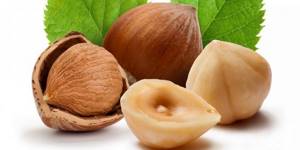
The hazelnuts used to make Nutella come mainly from small farms in Turkey and Italy. Harvesting begins in early August and ends at the end of September. The nuts are then dried, cleaned and transferred to the plant, where they undergo sorting, final cleaning and calibration.
The company purchases only whole hazelnuts, which are additionally checked before roasting to ensure compliance with quality standards.
It is fried and ground immediately before adding to the paste to preserve the taste and aroma as much as possible. An interesting fact is that Ferrero's purchases of hazelnuts account for about 25% of global hazelnut sales. The mass fraction of nuts in Nutella is approximately 13%.
Cocoa
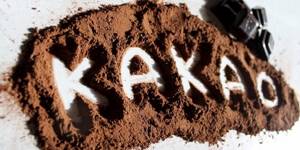
The cocoa from which Nutella is made comes from western Africa. Fruit harvesting occurs throughout the year. They are opened, the seeds with pulp are removed, which are fermented for about a week. The beans are then dried and sent to Ferrero factories. After assessing the organoleptic, physical, chemical and microbiological characteristics of the raw material, it is turned into cocoa powder. The content of this component is about 7.4%.
Skimmed milk and whey powder
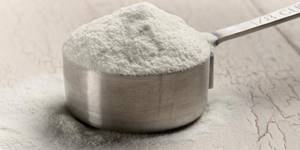
According to the Ferrero company, for the production of Nutella, milk powder and whey are subject to much greater control than required by law. Monitoring of the organoleptic properties of dairy raw materials takes place at several levels (at the supplier, at the enterprise at the time of delivery, in central quality control units) using the most modern methods. The share of milk is 6.6%.
Soy lecithin
Lecithin is used in Nutella as an emulsifier. It is obtained from soybeans grown in Brazil, India and Italy and not subject to genetic modification (the product does not contain GMOs). Lecithin provides the unique texture of the paste. Its content in the treat is minimal.
Vanillin
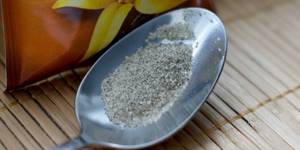
The composition of Nutella includes a flavor identical to the natural vanillin molecule. The production of vanilla beans is not enough to meet the growing global demand for this flavor. In this connection, the confectionery industry resorts to the synthesis of the spicy substance. A 400 g jar of paste contains about 0.08 g of vanillin. The amount is minimal, but enough to create the taste and smell of classic pasta and add the finishing touch.
Like many large companies that make popular products, Ferrero keeps the exact recipe for Nutella a closely guarded secret. But in terms of the composition of the paste, it can rather be classified as a spread than as a chocolate cream.
What vitamins are in Nutella?
Chocolate-nut butter includes healthy ingredients. Among the vitamins present in the dessert, the manufacturer names calcium and iron (4% RDI). However, their quantity is insignificant and cannot have a pronounced beneficial effect on the body.
The hazelnuts contained in the paste are known for the presence of the following valuable substances:
- retinol, which improves visual acuity;
- B vitamins necessary for the normal functioning of the nervous system;
- ascorbic acid, which strengthens the immune system;
- tocopherol, which is a powerful antioxidant;
- fiber that lowers cholesterol.
Important! The manufacturer recommends using Nutella for breakfast, as the product provides energy for the whole day.
Price
Buying Nutella in any civilized country in the world will not be difficult. In the homeland of pasta, its price is about 18 Euros per 3 kg. In Russia, the same 3 kg can be bought for 1800-1900 rubles. The most popular package of 350 g will cost you 300 rubles.
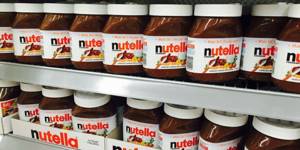
This concludes all the secrets of the famous pasta. You ask: “What is her secret?” The point is that there are no secrets. For the most part, people eat what suits their taste, without paying attention to the pros and cons of the food. Live boldly, experiment sensibly, travel smoothly and remember, as Vladimir Mayakovsky would say: “Eat Nutella while you’re young and live on the run. If you grow old and sit in a chair, you will certainly give it to the enemy!”
USEFUL SITES AND ARTICLES
️

